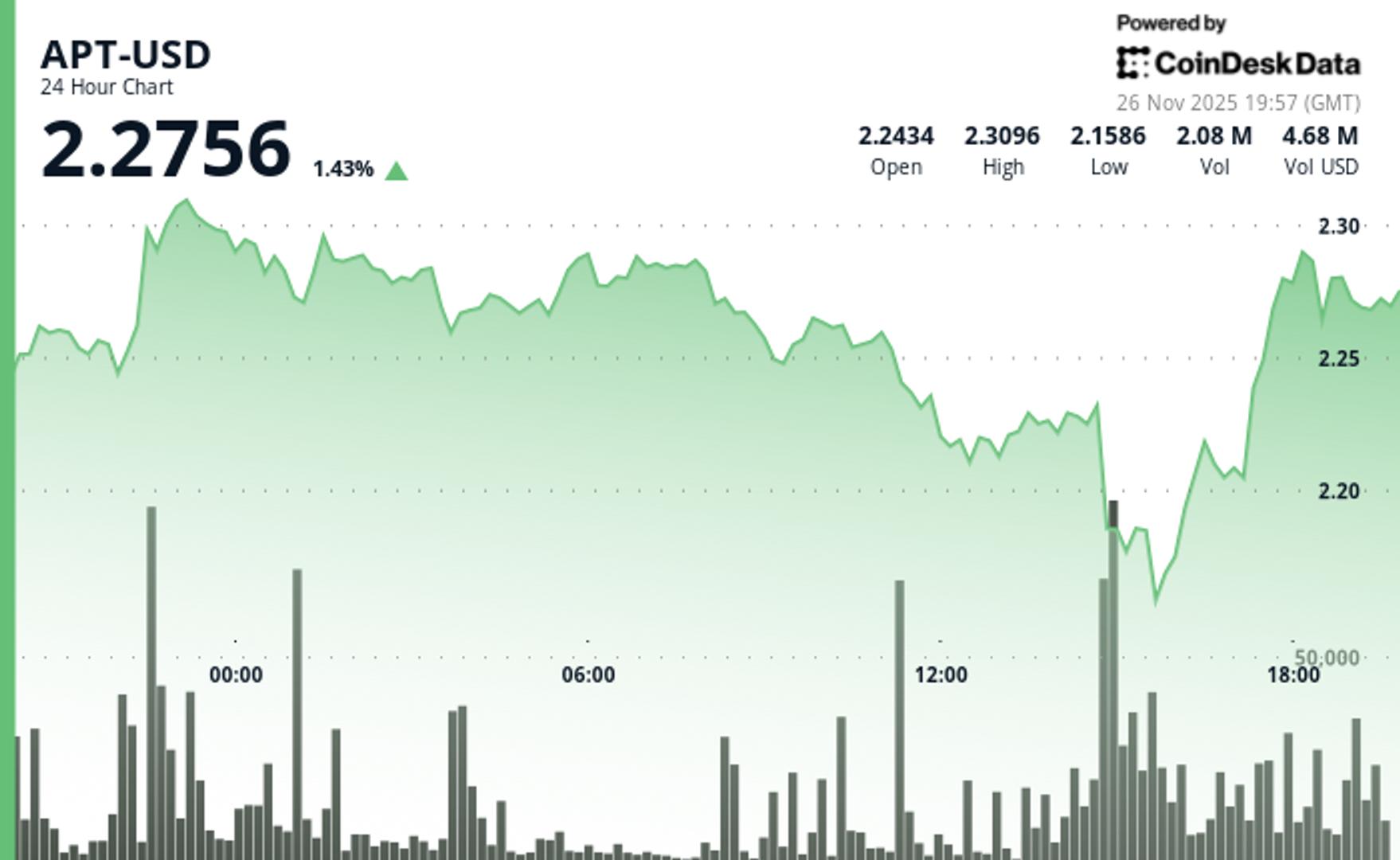Crypto donations have become a crucial workaround as Gaza faces banking restrictions, frozen financial channels, and nearly impossible conditions for aid distribution.
However, this same environment of desperation and fragmented infrastructure has opened the door to questionable “humanitarian” operations, which have surfaced recently.
Grassroots Aid Rises Through Crypto
Crypto donations have become a critical workaround in war-torn Gaza. In this environment, digital assets offer a fast and borderless way to circumvent the political and logistical barriers that hinder traditional aid.
Amid this shift toward digital lifelines, several grassroots campaigns have gained attention.
One is led by the pseudonymous trader Loopify, who has raised over $2.1 million in cryptocurrency for Gaza since the start of the war.
Cryptogaza.com shows 946 people have donated crypto to Palestinians in Gaza over the past year. These efforts demonstrates how digital tools can provide direct support when limited banking access is available.
Smaller personal campaigns are also emerging. A widely shared example is a young Gaza resident who posts daily about displacement, food shortages, and drone strikes.
He trains with improvised equipment and uses his Instagram account to collect crypto donations. He says he has raised more than $45,000, noting that a single bag of flour now costs about $360 inside Gaza.
These initiatives demonstrate how digital currencies have become a practical lifeline, providing speed and accessibility when other aid channels falter.
But the same tools that enable transparent, community-led relief can also be misused.
When Aid Turns Suspicious
Earlier this month, Al Jazeera reported that a little-known group called Al-Majd Europe had been arranging evacuation flights out of Gaza and accepting cryptocurrency as payment.
The organisation presented itself as a humanitarian actor, but investigators quickly found significant red flags.
Al-Majd Europe’s website was registered only this year. The organization’s listed “executives,” for example, appeared to be generated by artificial intelligence. The group offered almost no verifiable information about its operations.
Despite this, it promoted evacuation flights for Palestinians seeking to escape the conflict.
The company offered families cryptocurrency as a payment method. Several reported being charged between $1,000 and $2,000 per person. The fees applied even to infants, raising concerns about exploitation during a crisis.
The group’s lack of transparency alarmed investigators, who fear that civilians may be targeted by unregulated actors posing as aid providers.
Taken together, these cases demonstrate how cryptocurrency can support genuine relief while also creating opportunities for abuse.
The post Crypto Becomes Gaza’s Lifeline — And a Target for Fake Aid Schemes appeared first on BeInCrypto.



























 24h Most Popular
24h Most Popular







 Utilities
Utilities